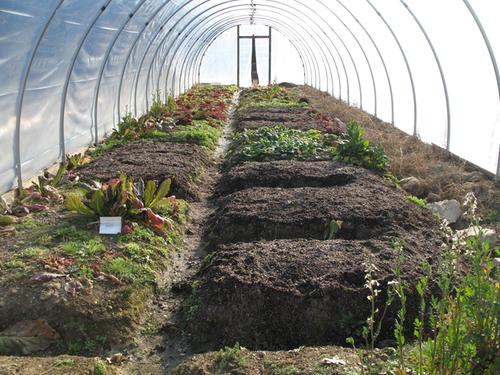

 3
3




It is a privilege to live, work and play in the traditional territory of the Salish People.
Now drop and give me 52... ~ Come Join the permies Shoecamp! ~ All about Permies, including Tutorials ---
Twenty bucks off the homesteading bundle for the next 72 hours!
 2
2




"You must be the change you want to see in the world." "First they ignore you, then they laugh at you, then they fight you, then you win." --Mahatma Gandhi
"Preach the Gospel always, and if necessary, use words." --Francis of Assisi.
"Family farms work when the whole family works the farm." -- Adam Klaus
 2
2




 2
2




 5
5




 1
1




 3
3















 2
2




It is a privilege to live, work and play in the traditional territory of the Salish People.
Now drop and give me 52... ~ Come Join the permies Shoecamp! ~ All about Permies, including Tutorials ---
Twenty bucks off the homesteading bundle for the next 72 hours!
 3
3




jordan barton wrote:Right now it seems i can only water deeply wherever i water. And with the garden beds being somewhat raised, this means some of the water runs off of them and gets the path way all wet. I am wanting to change this.
Blog: 5 Acres & A Dream
Books: Kikobian Books | Permies Digital Market

 8
8




Works at a residential alternative high school in the Himalayas SECMOL.org . "Back home" is Cape Cod, E Coast USA.
 4
4





 2
2





Marrianne Cicala wrote: We dug a ditch around the perimeter of 1 side, with several entries under the sill of the building and then the rain water runs into the hoop on that 1 side into another channel inside the hoop (a terraced bed adjoins that side of the hoop, to flow into the hoop). From there, the rain and run off (an enormous amount of rainwater runs off of the hoop house itself) goes into a channel, flows down the center of the hoop and into the keyhole beds.
How Permies works: https://permies.com/wiki/34193/permies-works-links-threads
My projects on Skye: The tree field, Growing and landracing, perennial polycultures, "Don't dream it - be it! "

|
Don't listen to Steve. Just read this tiny ad:
Heat your home with the twigs that naturally fall of the trees in your yard
http://woodheat.net
|


